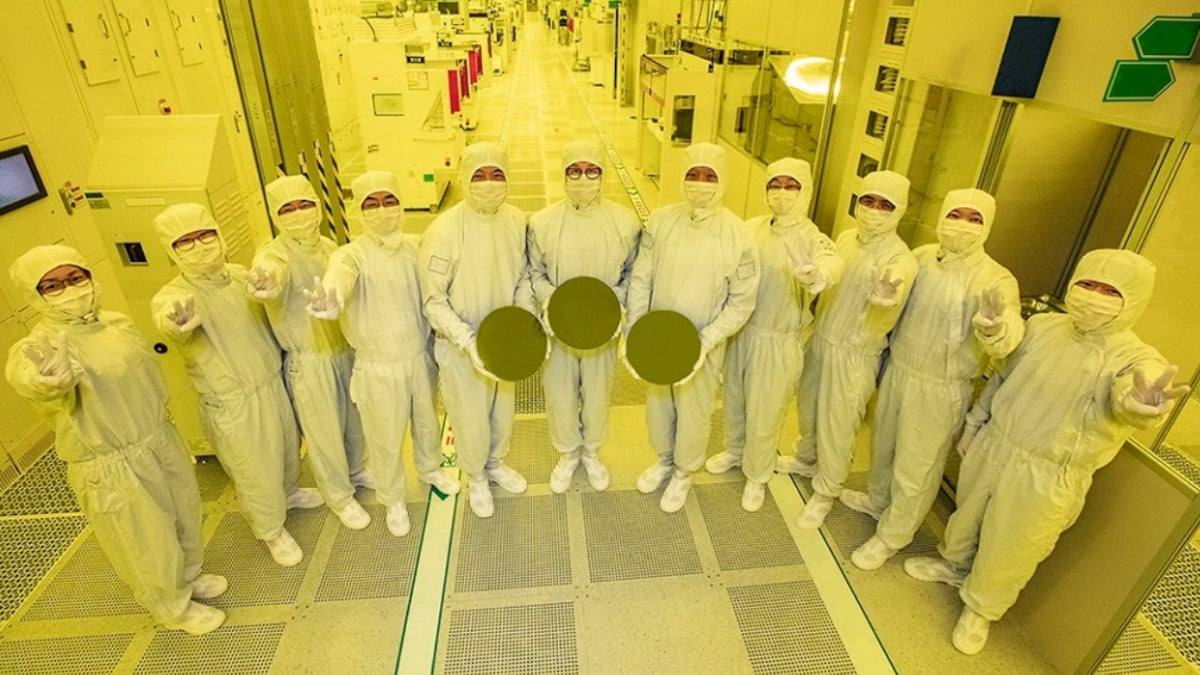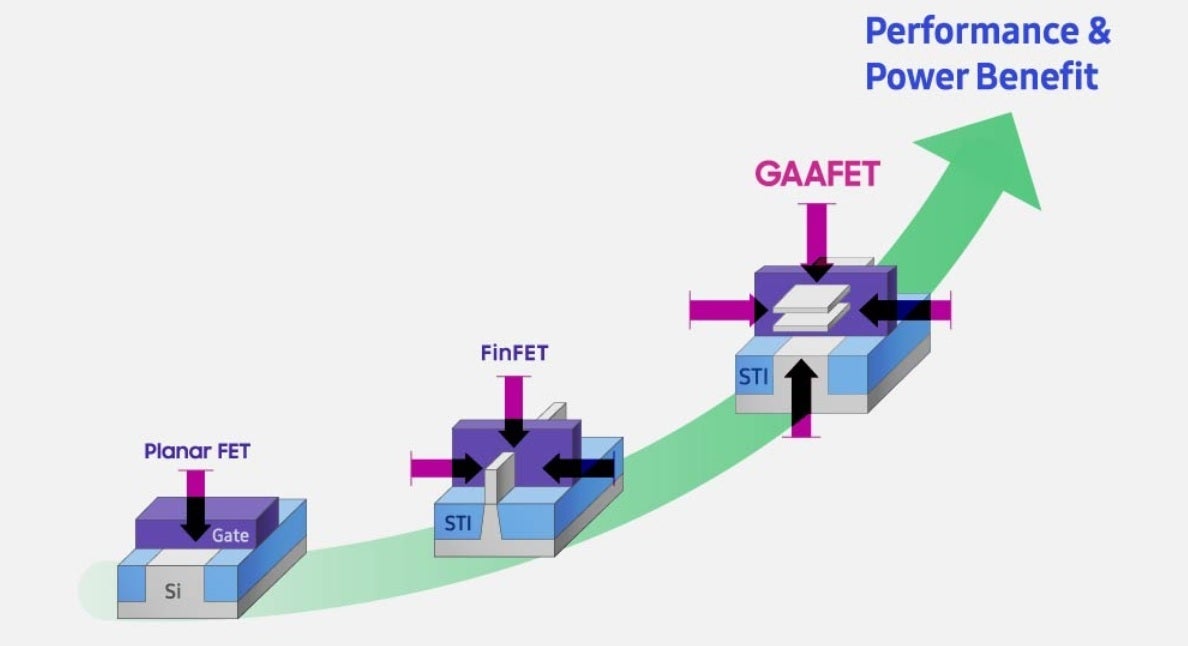Here's why Samsung Foundry could win back the Snapdragon SoC business it lost to TSMC
We may earn a commission if you make a purchase from the links on this page.

Investment firm KMIB News (via fudzilla) reports that TSMC's 80% yield on 4nm chip production tops Samsung Foundry's 75%. The yield is the percentage of dies on a silicon wafer that meets quality control. While TSMC 's yield tops Samsung Foundry at 4nm, it's a different story at the current cutting-edge 3nm node where Samsung's yield is at 60% compared to 55% for TSMC.
90% of TSMC's 3nm production is believed to be dedicated to Apple for the latter's A17 Bionic SoC. The chipset will be employed by the iPhone 15 Pro and iPhone 15 Pro Max later this year and those phones will probably be the only major handsets released in 2023 to be powered by a 3nm applications processor. The A17 Bionic should be more powerful and energy efficient than the 4nm A16 Bionic chipset thanks to the additional transistors that the smaller feature size of the 3nm node allows for.
If Samsung Foundry's 3nm yield continues to top TSMC's 3nm yield, the company could win back some of the business it lost when its 4nm yield was a disappointing 35% early in 2022 compared to TSMC's 70%. One major Samsung Foundry client who switched at the time was Qualcomm which had counted on Samsung to produce the Snapdragon 8 Gen 1. The San Diego-based fabless chip designer switched to TSMC for the Snapdragon 8+ Gen 1 and the Snapdragon 8 Gen 2. All three chips were produced on the 4nm process node.

Gate-all-around is used by Samsung on its 3nm chip production
While TSMC will make the Snapdragon 8 Gen 3 according to the rumor mill, for the Snapdragon 8 Gen 4, expected to be announced late next year, Qualcomm might consider a dual-sourcing strategy that would result in both Samsung Foundry and TSMC producing the Snapdragon 8 Gen 4. Similarly, TSMC and Samsung both shared production of the A9 chip that powered the iPhone 6s and iPhone 6s Plus in 2015. Samsung's version of the chip was built on its 14nm node while TSMC's variant was produced using its 16nm node.
Reserve your pre-order for the Samsung Galaxy Z Fold 5 and Galaxy Z Flip 5 now!
TSMC and Samsung use different technologies for their 3nm nodes. Samsung uses gate-all-around (GAA) which allows the gate to come into contact with the channel on all four sides. This allows for less current leakage and greater drive current. The electrical signals going through the transistors are superior resulting in better chip performance. TSMC still uses FinFET transistor technology for 3nm which allows the gate to come into contact with the channel on three sides. TSMC will switch to GAA for its 2nm node. For now, Samsung's 3nm production can be considered technologically superior.
It isn't clear yet whether Samsung will make another change with the SoC it will use for its flagship line. The Galaxy S23 line was powered by the Snapdragon 8 Gen 2 for Galaxy in all markets. But with Samsung expected to produce the deca-core Exynos 2400, we could see Sammy return to its old strategy of powering its flagship phones with its latest Exynos chips in all regions except the U.S. and China. In those two markets, we'd expect to see the Snapdragon 8 Gen 3 under the hood.
Follow us on Google News










Things that are NOT allowed:
To help keep our community safe and free from spam, we apply temporary limits to newly created accounts: